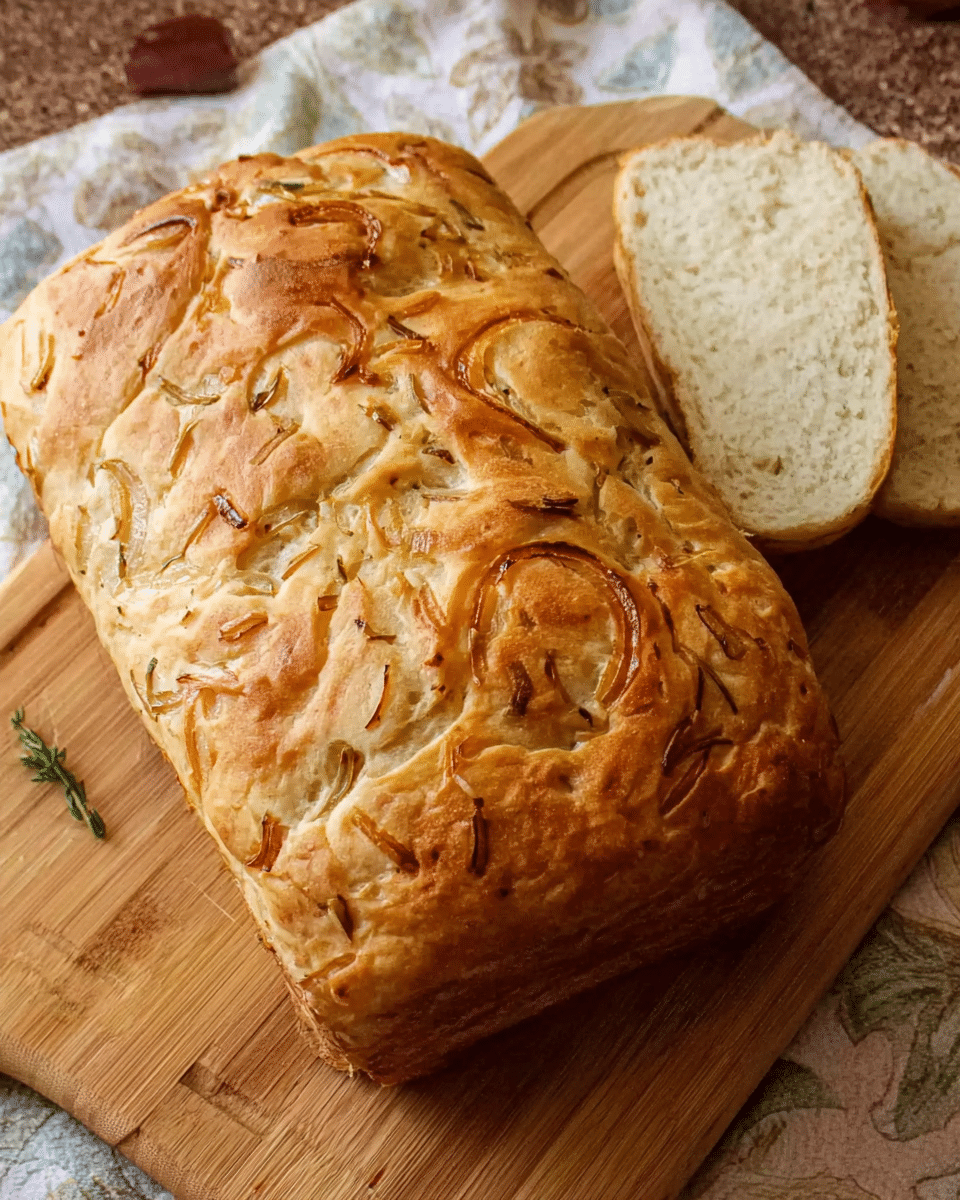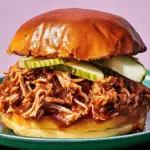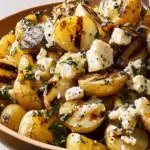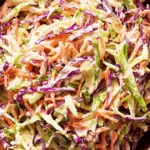The Role of Onions in Onion Bread II
The unique flavor of Onion Bread II comes from the integration of onions into both the dough and the topping. Minced onions mixed directly into the dough infuse the bread with a gentle, savory onion flavor that is present in every bite. As the bread bakes, the onions soften and become slightly sweet, their natural sugars caramelizing to deepen the flavor. The result is a bread that is far from ordinary—every bite offers a burst of rich, onion-infused taste, which can complement many different types of meals.
The onion topping, made from thinly sliced onions arranged on top of the dough before baking, adds another layer of flavor and texture. As the bread bakes, the onions become tender and slightly crispy at the edges, adding a wonderful contrast to the soft, fluffy interior of the loaf. The onions on top not only provide visual appeal but also enhance the bread’s savory profile, making it the perfect accompaniment to almost any dish.
The Yeast and Dough Process
At the heart of Onion Bread II lies the dough, which is made using a traditional yeast-leavened method. The active dry yeast, sugar, and warm water create the initial fermentation process that allows the dough to rise and become airy and light. This process is crucial for achieving the desired texture in the bread—soft on the inside with a golden, slightly crispy crust on the outside.
The addition of salt and shortening to the dough provides flavor and tenderness, ensuring that the bread will be moist and easy to slice. Shortening helps to create a more delicate crumb by reducing the formation of gluten, leading to a bread that is soft and tender. The minced onions mixed into the dough further enhance the bread’s texture, adding bits of moisture and flavor that permeate throughout the loaf.
The first rise is an essential step in creating the proper texture for the bread. During this time, the yeast works to produce carbon dioxide, which causes the dough to expand and rise. This allows for the development of the air pockets that give the bread its light, fluffy texture. The dough is left to rise until it has doubled in size, indicating that the yeast has fully activated and the bread is ready for shaping.
Shaping and Second Rise
After the dough has completed its first rise, it is gently deflated and shaped into a loaf. This process is important because it ensures the dough is evenly distributed, and the loaf will bake consistently. Transferring the dough to a greased loaf pan helps it maintain its shape while it rises for the second time. The second rise is necessary for the final expansion of the dough, and it also ensures that the bread will have a soft, airy texture.
During the second rise, the dough is allowed to rise until it is about half an inch from the top of the pan. This gives the bread enough space to expand in the oven without overflowing. The loaf will then bake to a golden perfection, with a delicate crust and an interior that is light and fluffy. The onions on top of the dough add an extra touch, contributing to the bread’s flavor and giving it a slightly caramelized finish.
The Topping: Caramelized Onion and Butter
The onion topping is what truly sets Onion Bread II apart from other breads. Thinly sliced onions are arranged on top of the dough just before it goes into the oven. As the bread bakes, the heat softens the onions and draws out their natural sweetness. The addition of melted butter poured over the onions helps to caramelize them, creating a golden, slightly crispy finish that adds both texture and flavor to the bread.
This topping not only enhances the flavor of the bread but also adds an appealing visual element. The onions turn golden and slightly crispy on the edges, creating a beautiful contrast to the soft, fluffy interior of the bread. The butter enriches the flavor of the onions and helps them to bake evenly, ensuring that each bite of the bread has a balanced amount of savory onion flavor.
The Versatility of Onion Bread II
One of the reasons Onion Bread II is such a favorite is its versatility. It can be served with a wide variety of dishes, making it the perfect addition to any meal. This bread is a fantastic side dish for soups, stews, or salads, as its savory flavor complements the richness of many types of dishes. It’s also perfect for making sandwiches, with its soft yet sturdy texture holding up well to various fillings.
For a simple meal, Onion Bread II can be served with a spread of butter or your favorite dip. The slight sweetness of the bread, combined with the savory onion flavor, makes it a perfect accompaniment to roasted meats or grilled vegetables. Whether used for breakfast, lunch, or dinner, this bread pairs beautifully with a variety of flavors, making it a go-to option for many different occasions.
Onion Bread II is also versatile enough to be enjoyed on its own. The rich, savory onion flavor is satisfying enough to make this bread a snack in itself, perfect for an afternoon treat or an appetizer at a party. The soft interior and slightly crisp top create a texture that is both comforting and indulgent, making it a bread that can be enjoyed in multiple ways.
Baking and Storing Onion Bread II
Once the bread has been baked to golden perfection, it’s important to let it cool on a wire rack before slicing. This ensures that the bread sets properly and doesn’t become too dense. Cooling the bread also helps it retain its shape and prevents it from becoming too soggy when sliced.
Onion Bread II can be stored in an airtight container at room temperature for a couple of days, though it is best enjoyed fresh. If you have leftovers, the bread can be toasted to restore its crispy texture. It can also be stored in the freezer for longer-term storage, allowing you to enjoy this flavorful bread whenever you desire. Simply slice the bread before freezing to make it easier to reheat individual slices.
Customizing Onion Bread II
While Onion Bread II is delicious in its classic form, there are plenty of ways to customize it to suit your tastes. For example, adding herbs like thyme, rosemary, or oregano to the dough can enhance the flavor profile, adding depth and complexity. You can also experiment with different types of onions, such as red onions or shallots, to give the bread a unique twist. If you prefer a stronger flavor, you can sauté the onions before adding them to the dough, which will bring out their natural sweetness even more.
Cheese can also be incorporated into the dough or added as a topping before baking. Shredded cheese like cheddar or Gruyère can provide an extra layer of flavor, making the bread even more indulgent. If you want a lighter, fluffier texture, consider using all-purpose flour instead of bread flour, though bread flour gives the bread a slightly chewier texture that many people enjoy.
Conclusion: A Savory, Aromatic Bread Worth Making
Onion Bread II is a delightful and aromatic loaf that elevates the flavor of any meal. Its soft, slightly sweet interior is perfectly complemented by the savory, slightly crispy onion topping, creating a satisfying bread that can be enjoyed in countless ways. Whether you’re using it for sandwiches, pairing it with soups, or enjoying it on its own with butter, Onion Bread II is a versatile and flavorful bread that will quickly become a favorite in your kitchen. With its savory onion flavor and golden, flaky crust, it’s a must-try recipe for anyone who loves homemade bread.






